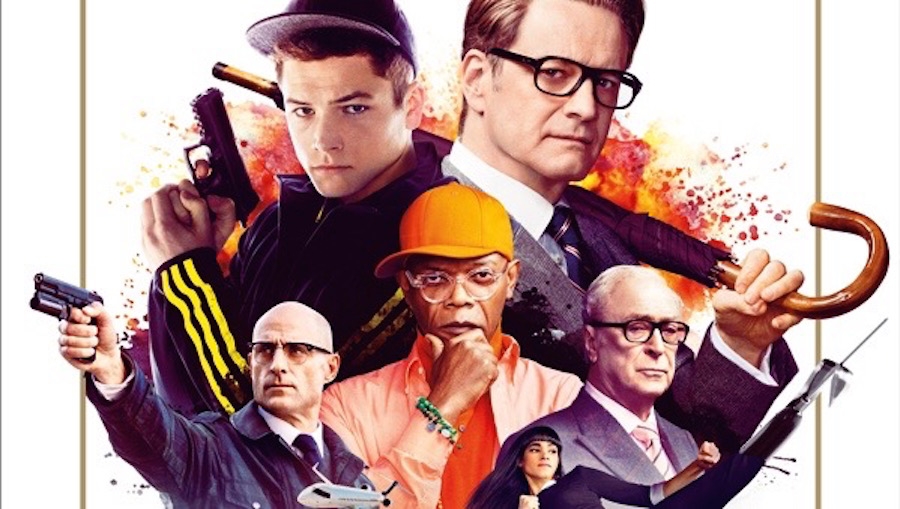If you’re reading this review to try to decide whether or not to read Mark Millar’s original Kingsman: The Secret Service comic, chances are it’s because (much like me) you’ve seen and loved the movie. This means your main question will likely be, “How does the comic compare to the movie?” And the answer is… pretty well.
The first thing to know is that the name Kingsman never actually appears in the comic, except on the title page. The entire idea of Kingsman Tailors and their secret organization independent of any specific government was a creation of the film. The comic’s original title was just The Secret Service, and it focuses on a sort of catchall British spy organization. In fact, fans of old British television will recognize namedrops such as John Drake, Simon Templar, and more, whom the organization claims as its own.
There are a number of other differences, as well. Like the film, the comic tells the story of Eggsy, a poor British street punk who’s recruited and trained to be a suave gentleman spy. Colin Firth’s Harry is nowhere to be seen, though. Instead, it’s Eggsy’s Uncle Jack who recruits him, after tiring of having to use his elite connections to bail his nephew out of trouble again and again. Jack shares a few similar characteristics with Harry, but, all in all, his character has a different tone—a bit darker, and a bit more world-weary.
Also nowhere to be found is Samuel L. Jackson’s over-the-top, lisping supervillain. The evil plan is essentially the same, but instead it’s perpetrated by… well, I won’t give that away, but if you have seen the movie, you’ll likely get a kick out of some of the character juxtapositions.
The Kingsman comic and movie both tell basically the same story and end up in the same place, but they take rather different roads to get there. For instance, while both show a significant portion of Eggsy’s spy training, the focus of the movie is on spectacular stunts and the completion of crazy, adrenaline-fueled tasks. The comic rather uses Eggsy’s training to highlight the British caste system and show his struggle to overcome his rough background and embrace English refinement.
As over-the-top as the comic is, it tries to present its spy shenanigans in a bit more realistic manner. It gives reasons behind why all of these stunts are necessary and attempts to explain the logic behind a lot of common spy movie tropes. (Yes, believe it or not, there’s actually a valid reason why secret agents are constantly seducing random women.) For all of its violence and impossible scenarios, the comic is more nuanced, with a bitingly satirical note that the film is missing.
That said, I do enjoy the film more. While the comic is deeper and smarter, the film is a lot more fun. It doesn’t always make sense, but it doesn’t really need to. It’s an amazing ride from start to finish, and that’s all it needs to be.
Of course, the comic is still definitely worthwhile, as well, especially if you’re a fan of the movie. I highly recommend it. It will give you a new perspective on Eggsy’s story in general and show you a lot of the same scenes and events in a distinctly different light. It’s a very different ride, but one that’s just as much worth taking.

